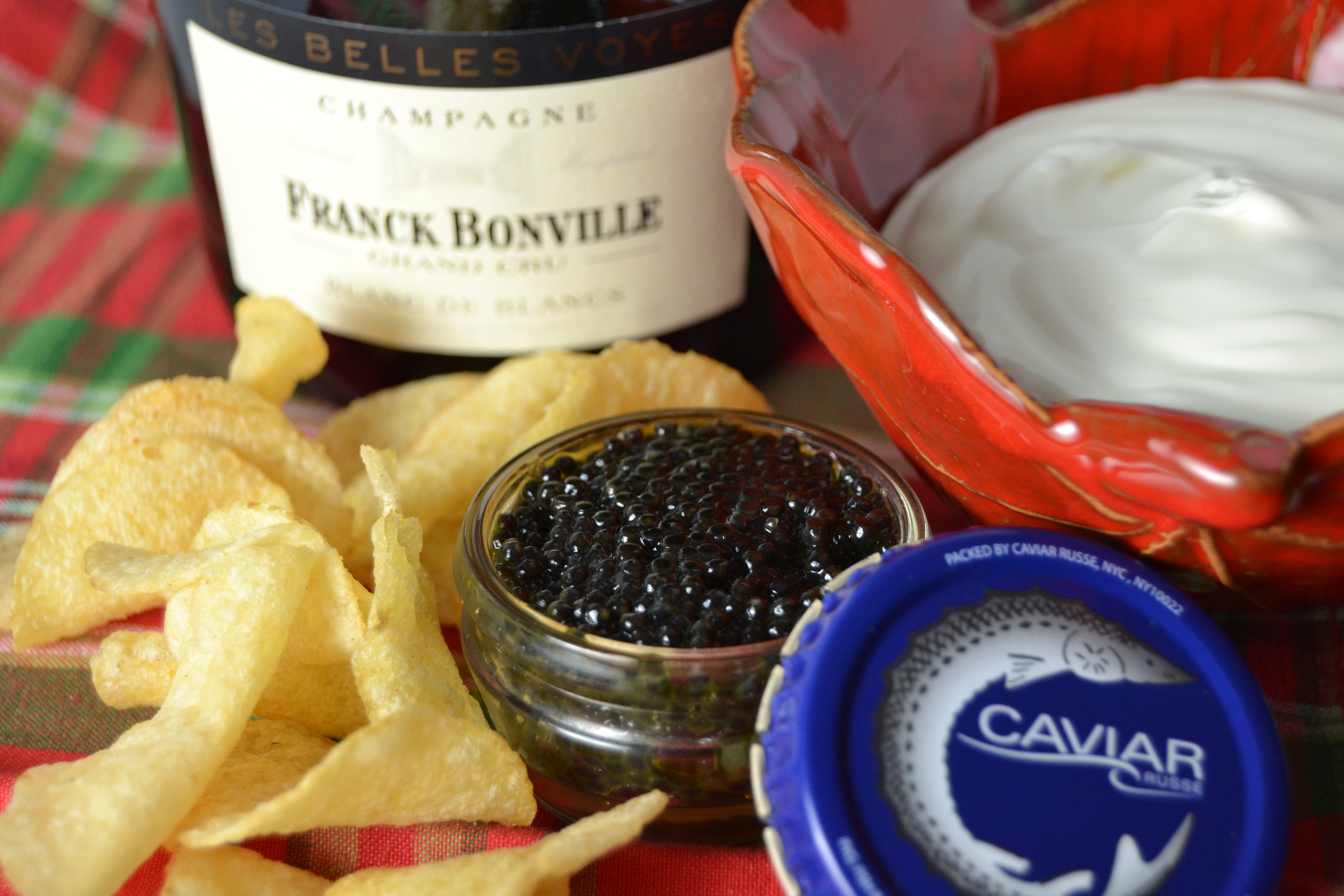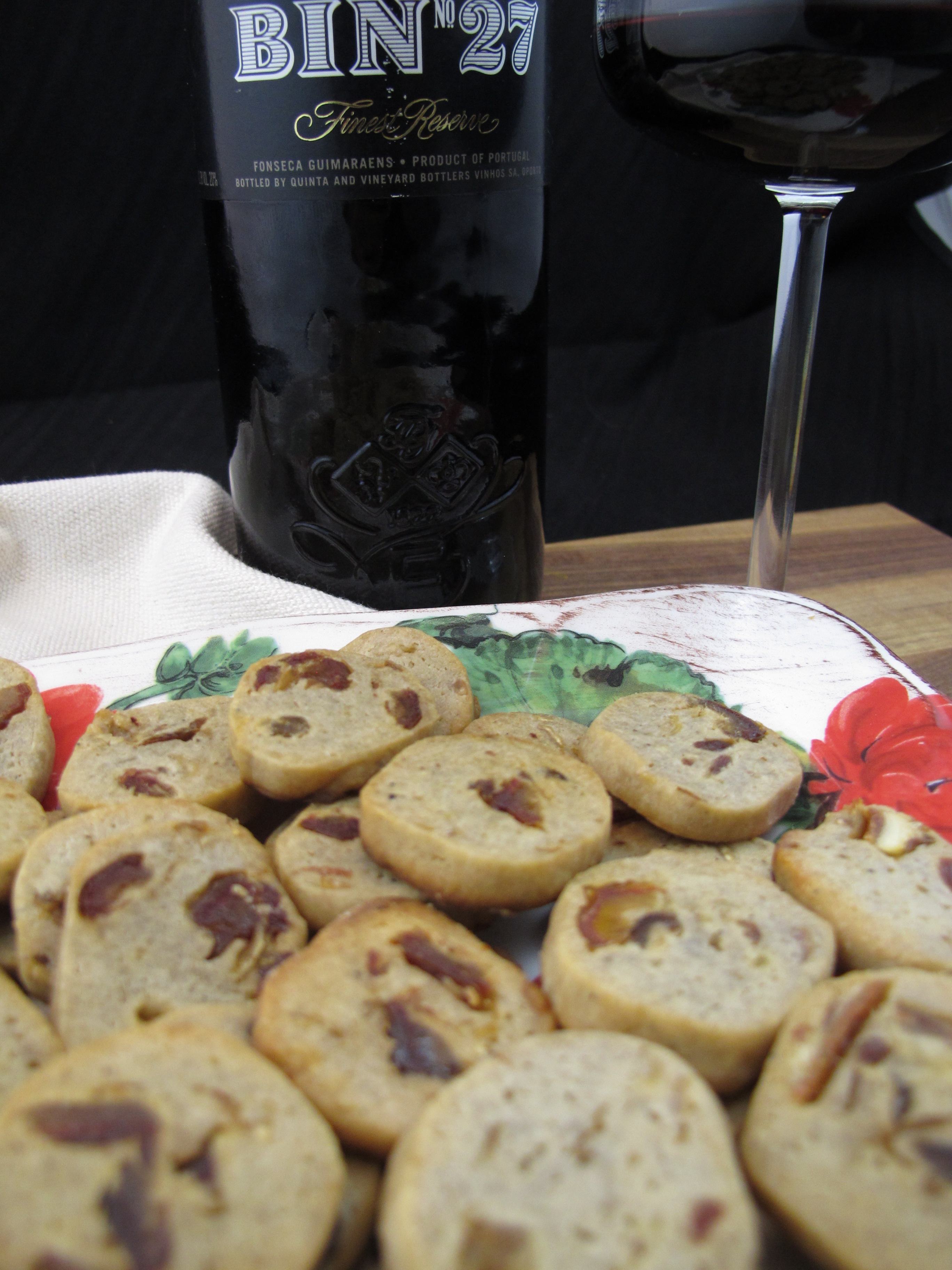“My French grandmother passed this tip down to me osmotically: you should always have a “just-in-case” bottle of Champagne on hand waiting around. In case of joy, you can pull it out.” Bill Nye, PBS’s “Science Guy”
Happy Holidays! Can you believe we are only two weeks away from 2016? To celebrate the holidays and ring in the New Year, The French Winophiles are sharing some of their favorite Champagnes and food pairings in hopes of making your holiday entertaining a little easier.
First things first: for a wine to be labeled Champagne it must originate from the Champagne region of France in accordance with the Comité Interprofessionel du vin de Champagne regulations. If it is from California, England, or other wine producing regions you will see “sparkling wine” on the label and the wine cannot be called Champagne (for example, in Italy most sparkling wine is called Prosecco). This doesn’t mean the quality of “sparkling wines” is poor; quite the contrary. Equate it to buying a Gucci or Louis Vuitton handbag at their flagship store versus buying a great quality knock-off from a vendor on Ponté Vecchio – one is authentic the other is a great reproduction. And nothing precludes the reproduction from being superior if the producer so desired.

For those of you who think Champagne is too sweet, you are probably purchasing incorrectly. You almost have to think backwards. Extra Dry does not mean less sweet – in fact it is somewhat sweet. For a really bone dry Champagne, Extra Brut is the ticket. But for day-in and day-out quaffing, Brut is my personal preference. It is very dry with a tad more sugar than Extra Brut. If you like your Champagne on the sweeter side, start with Extra Dry and work your way through Sec, Demi-Sec and Doux (which is the sweetest Champagne) until you find the ideal sugar content for your taste.
- Extra Brut (less than 6 grams of residual sugar per litre)
- Brut (less than 12 grams)
- Extra Dry (between 12 and 17 grams)
- Sec (between 17 and 32 grams)
- Demi-sec (between 32 and 50 grams)
- Doux (50 grams)
We all associate drinking Champagne in elegant flutes, myself included. But we’re doing it wrong, at least according to some Champagne industry insiders, including Dom Pérignon’s chief winemaker Richard Geoffrey, who prefer a standard wine glass. The bowl is larger and makes it easier to nose the wine. Geoffrey says “It allows your mouth to touch and caress the Champagne better.” Frankly, I would drink Champagne from Cinderella’s sweaty shoe if the occasion demanded.
Champagne (and its sparkling wine equivalents) is undoubtedly the most versatile and food friendly wine. You can drink it on its own or pair it with everything from caviar to roast beef. It’s versatility is amazing. So if in doubt about pairing a particular food with wine, Champagne or sparkling wine is the answer to your everyday wine dilemmas.

The Champagnes:
2006 Launois Pére & Fils Special Club Grand Cru Brut Blanc de Blancs: This Champagne was amazing. It was yeasty, dry, crisp, nutty and mouthwatering delicious. This is 100% Chardonnay made from two 50 – plus year old parcels in the Cotés de Blanc. Do yourself a favor and order a bottle or two from K & L Wines to have around as it is a great value at $59.99.
Franck Bonville Grand Cru Blanc de Blancs: This Champagne is all chardonnay and a blend from three very good years: 2005, 2006, and 2007. It is pale yellow in color and has hints of floral, vanilla and citrus. Though it has the earthy, dry minerality I like, it was a little sweeter than expected and more “frothy” in the mouth than the 2006 Launois Pére & Fils. It received 91 points from Wine Spectator and 90 points from Wine Enthusiast. It paired beautifully with a simple appetizer of potato chips with crème fraiche and caviar. 12.5% ABV. You can purchase it for $69.99 at K & L Wines.

Pertois-Moriset Grand Cru Brut: This is one of Total Wines’ direct wine offerings and retails for $39.99, which puts it in the moderate price range for Champagne. The Champagne is dry, crisp and has nice hints of citrus. You get the traditional yeasty nose with just a hint of floral or honey. Wine Spectator gives this Champagne a 92 rating and, at the price, this is a very respectable bottle of Champagne that I would purchase again.

The French Winophiles have prepared some great recipes, tips and Champagne education for you. Trust me you don’t want to miss their offerings this month – it’ll get you through the holidays!
Camilla from Culinary Adventures with Camilla presents “Celebrating with Crustaceans, Caviar Limes and Champagne”
Jeff from foodwineclick shares “Farmer Fizz and Farmer Food”
Martin from Enofylz Wine Blog has the 411 on “How to Host a Champagne Pairing Dinner Illustrated”
Michelle from Rockin Red Blog shares “All That Sparkles is Gold”
Make sure to join us on January 16th when Jeff from foodwineclick hosts Burgundy.





Always love your posts. Thanks for hosting us.
Looks like you had some wonderful Champagne Christy! As you know I also had Launois and Bonville (although different bottles) and both were awesome. Bonville I would have to say is a go-to for value in farmer fizz for me. Launois is new to me but we’ll definitely be buying it again. Thanks for hosting and a great chat this morning. Wishing you, Sous Chef and Coco a Merry Christmas and Happy Holidays!
I’m not usually a caviar fan, but that little cucumber number looks wonderful! Thanks for hosting Christy!